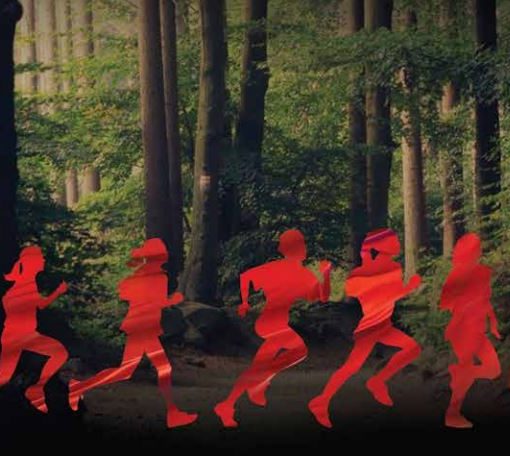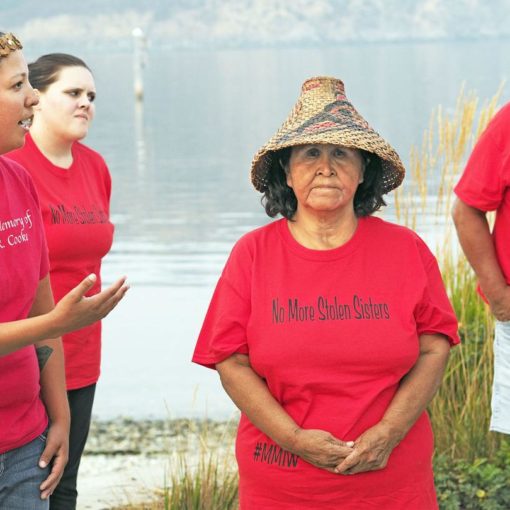
“It’s been a labour of love” to track and map countless loved ones who have been murdered or gone missing.
Annita Lucchesi, a PhD candidate at the University of Lethbridge, has been working on creating a database of missing and murdered Indigenous women and girls of North America, dating as far bask as 1900.
“It’s been a labor of love,” Lucchesi told Calgary Today on 770 CHQR, “three years in the making so far, and I don’t have an intention of stopping anytime soon. People have asked me when the project will stop, and my answer has always been, ‘When native women stop going missing and being killed.’”
Luchessi’s map gives a good estimate that, since the early 1900’s at least 25,000 Indigenous women and girls have gone missing with no explanation.
“I think it’s important to go that far back because, even though awareness of this issue has been growing, especially in the last decade or so, this is something that has been affecting Indigenous communities for quite some time. And so collecting more thorough data will show that the number is much higher than anyone realizes or wants to admit.”
Lucchesi, an American from the Southern Cheyenne tribe, says her ongoing work as a scholar is being informed by her roles as community researcher and member.
“My work is on mapping the issue and really bringing the data to Indigenous communities, giving them a chance to work with it, and draft maps to create an atlas telling stories of this violence.” Annita said.
She continues with “Not just the location of where these things happen, but also to tell the story in a way that is meaningful to us as Indigenous people,” Lucchesi told 770 CHQR, citing a map she created of all of the marches in 2018 with protesters carrying signs of names of those missing and murdered. “So that didn’t necessarily have to do with where is this happening, but had to do with where are they being remembered, where are they being honored.”


